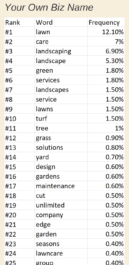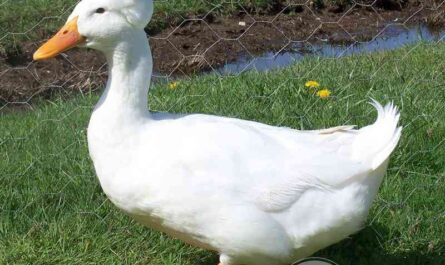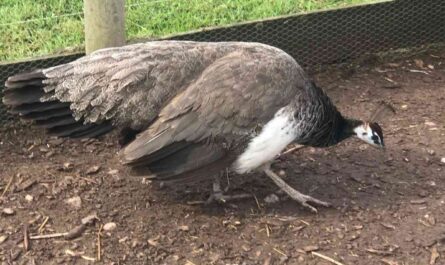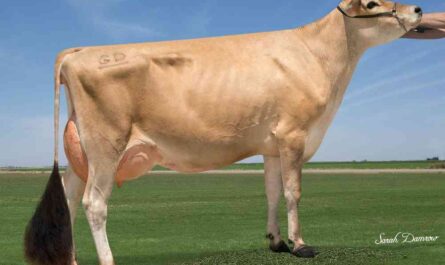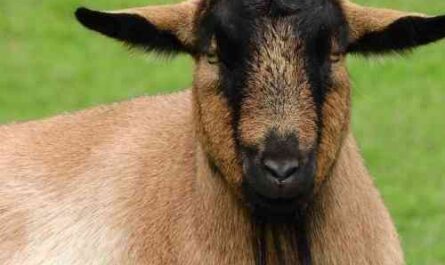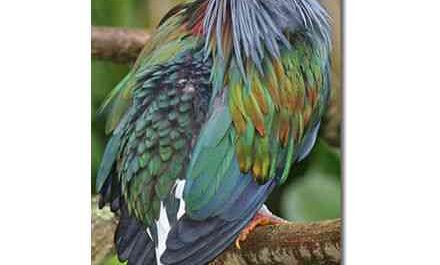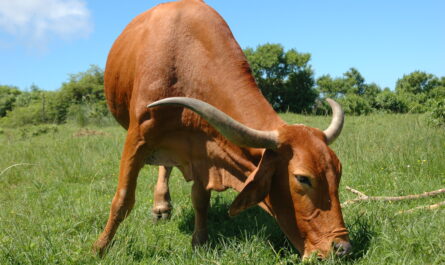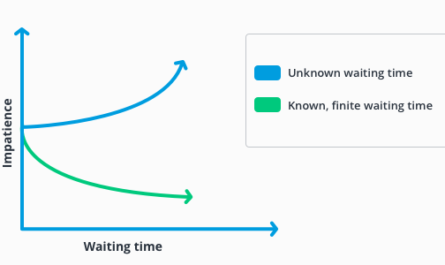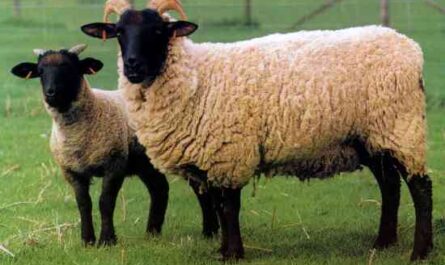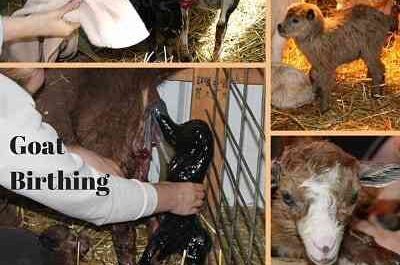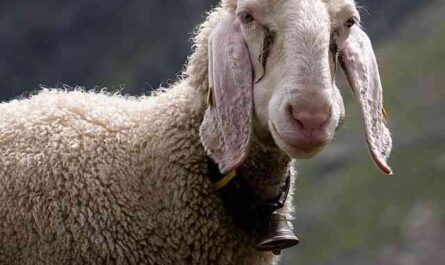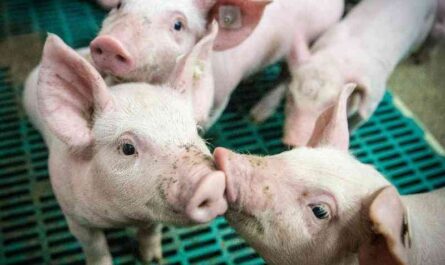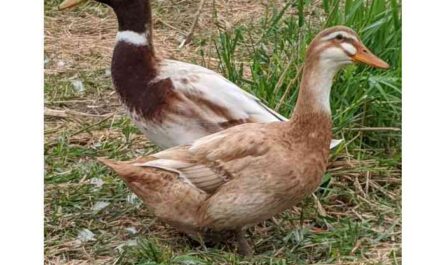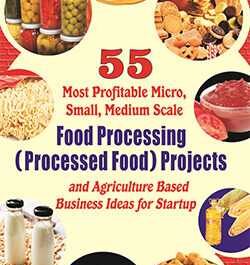Commercial pig farming is a very ancient activity all over the world. Raising pigs is very easy and a great way to make a good profit in a short time. If you are looking to start a pig farming business, you have come to the right place. Here we will discuss all about this profitable pig farming business.
Pig farming is actually breeding and rearing domestic pigs as livestock, primarily for food production. Pig farming or pig farming is a branch of animal husbandry. And it is a very popular agro-industry all over the world.
Pigs are well adapted to a variety of climates and can be raised in a variety of ways. They can be grown in intensive commercial setups, extensive systems, or commercial free-range systems.
Some people also keep one or more pigs as pets. But the main purpose of commercial production is food production (like pork, bacon, ham, etc.).
Previously, several pigs were bred, which were closely related to the place of residence of the owner. They were valued as a source of meat and fat, as well as the ability to turn inedible food into meat.
In the family plot, they were often fed with household food waste. Pigs are bred in some areas for large-scale municipal waste disposal. [1].
Today the most popular system of intensive pig production. This system is very popular mainly due to the possibility of raising a large number of pigs in a very profitable way.
In developed countries, there are commercial pig farms that raise thousands of pigs in air-conditioned buildings.
However, pigs are one of the most popular types of livestock, with over a billion pigs slaughtered worldwide each year (including 100 million in the United States).
Most pigs are used as human food, but they also provide skin, fat, and other materials for use as clothing, food ingredients, cosmetics, and for medical use.
Today, commercial pig farming is popular in many countries. But the main consumer countries of pork production are in Asia. Although China has the largest herd in the world, China is a net importer of pigs and has increased its imports during the period of economic development.
The largest pork exporters are the United States, the European Union and Canada. For example, more than half of Canada’s pork production (22.8 million pigs) was exported in 2008 to 143 countries.
However, commercial pig farming is a profitable business. And you can start this business if you have all the necessary conditions.
Benefits of pig farming
Pigs are popular and bred all over the world. It is an easy and profitable business. Here we try to describe the main advantages of starting a pig farming business.
- Commercial pig farming is not a new activity. Many people are already in this profession to earn a living.
- Compared to other pets, pigs generally grow faster. They have a higher efficiency of converting animal feed into meat.
- They can convert all kinds of inedible food, animal food, some mill grain by-products, spoiled food, meat by-products, scraps, etc. into valuable, nutritious and tasty meat.
- You can feed your pigs just about anything including grain, roughage, fruits, vegetables, spoiled feed, garbage, sugar cane, pumpkin, carrots, potatoes. earth, taro, etc. Sometimes pigs may even eat grasses and other green plants or roots.
- Most pigs are prepared for sale earlier than other animals.
- The sow can be hatched for the first time at the age of 8-9 months. Sows can bend down twice a year and for each farrowing they can give birth to 8-9 piglets.
- Starting a small pig farming business is relatively easy.
- Commercial production requires large investments. But the return on investment is good and you will be reimbursed very quickly.
- The ratio of the total mass of meat consumed to the total body weight in pigs is higher. From a live pig you can get 60-80% edible meat.
- Pork meat is one of the most delicious and nutritious types of meat. It has more fat and energy.
- Pig manure is an excellent fertilizer which is widely used in agricultural production.
- Pork fat is not waste. It also has good demand for poultry feed, paint, soap and chemical industries.
- Depending on the breed, pigs reach slaughter weight at 7 to 9 months of age.
- Pork already has a very good market. You can also consider exporting your products (eg bacon, ham, lard, pork, sausage, etc.).
- A small pig farming business can be a great way to use up your family’s labor. Women and children can raise several pigs.
- As commercial production is very profitable, it can be an excellent source of employment for rural populations. In particular, educated but unemployed young people can take advantage of this activity to obtain employment opportunities.
- If you consume pork products, raising pigs on your own farm can be a great way to enjoy those products.
How to Start a Pig Farming Business
As we mentioned earlier, starting and running a pig farming business is very easy and simple. Even beginners can start this business on a small scale. But for commercial production, it is better to train.
Here we try to cover more information about starting and running a successful pig farming business, from breed selection to grooming and marketing.
Selection of agricultural land
First of all, you need to choose a very good place to start this business. It will be better if the land is far from the residential area.
Choosing a quiet place, away from noise and pollution, will help raise pigs better.
Make sure there is plenty of clean, fresh water in the area. A good transport system is essential.
Good transportation services will help you promote your products easily and it will also be much easier to buy the necessary things in the market.
Choose the right breed
Choosing the right breed is very important for successful pig production. So choose your breed wisely.
Choose breeds readily available in your area. Local breeds are also a good option, but production will be lower.
Try consulting some existing breeders in your area and ask for help choosing the right breed for your business.
Some common and popular pig breeds for commercial production are Yorkshire, Landrace, Duroc, Hampshire, Spotted, Poland China, Chester White, and Berkshire.
Houses
Making a good house with all the necessary amenities is very important for the success of a pig farming business. A good barn not only keeps pigs healthy, but also protects them from the elements.
Install a good ventilation system and make sure your home has enough fresh air and light.
Make sure conditions are adequate to keep boars, farrowing, weaned sows and dry sows separate from each other. The space required for each type of pig is shown in the following table.
some products
Feeding pigs with quality and nutritious feed is the most important part of industrial pig production. Proper nutrition not only helps pigs stay healthy, but also helps them grow better and gain weight faster.
You can feed your pigs just about anything. You can feed them commercially prepared foods or prepare your own foods.
You can choose the most economical food ingredients. The main ingredients of pig feed are oats, grains, corn, wheat, rice, sorghum and other millets. You can add protein supplements such as bagasse, fish meal and meat meal.
Add all kinds of mineral supplements and vitamins. Add antibiotic supplements at 11 mg per kg. It will be better if you let your pigs roam the pasture and feed them fresh green beans.
The best way to feed pigs on a farm is to keep and feed them separately. This means that pigs of different ages should be reared separately and fed according to their age and weight.
Along with nutritious food, always give them plenty of clean, fresh water. Providing enough water is very important for the good growth of pigs.
Feed demand varies with the age and body weight of the pigs. See the table below for daily feed requirements based on body weight for pigs of different ages.
| The amount of feed according to the live weight of pigs | |
| Pig body weight | Daily feed requirement (kg) per pig |
| 25 | 2.0 |
| fifty | 3.2 |
| 100 | 5.3 |
| 150 | 6.8 |
| 200 | 7.5 |
| 250 | 8.3 |
reproduction
Pigs are naturally very good breeders. They will breed easily if you maintain a good sow/boar ratio.
Pigs generally reach breeding age faster. Boars and sows become suitable for breeding at the age of 8 months.
The estrus period in a sow lasts 2-3 days. But the first day of estrus is the best time for breeding, and the second day is the best day for the sow.
Lactating sows are ready to breed 2-10 days after weaning. The pregnancy of pigs does not exceed 115 days. As a rule, a sow can give birth to piglets twice a year, and each time 8-12 piglets.
Care
Animal care is very important to get a good harvest from your business. Although pigs are very hardy and require less maintenance and different care.
Provide a hygiene system inside the house. It will help animals avoid all kinds of health and disease damage.
Keeping boars and sows separate from each other is a great idea. Not all boars are needed for breeding. So leave a few breeding pigs and you can castrate the remaining pigs when they are 3-4 weeks old.
Avoiding the use of contaminated feed and contaminated water will benefit pig health. Pay particular attention to pregnant and lactating sows.
Have them vaccinated regularly to protect them from swine diseases. Always try to maintain good contact with the veterinarian in your area. It will be good to keep the pigs in a calm and peaceful place. And keep visitors away from your farm.
Marketing
It is very easy to sell pigs or pig products. Because pork and pork production already has a very good demand and a very good market value. This way, you will probably be able to sell your products easily. However, it is always recommended to define your marketing strategies before starting any kind of agribusiness.
These are common ways and steps to start a profitable pig farming business. Raising pigs is really easy and simple. I hope this guide has helped you! Good luck and God bless you!
video






